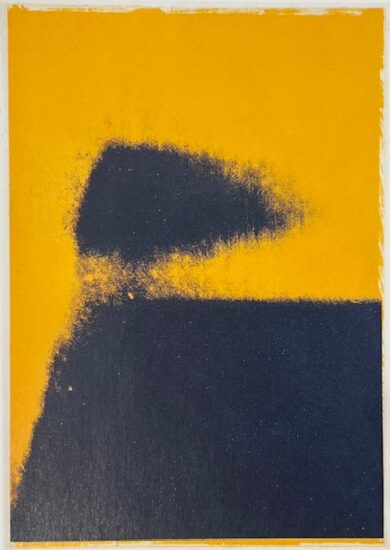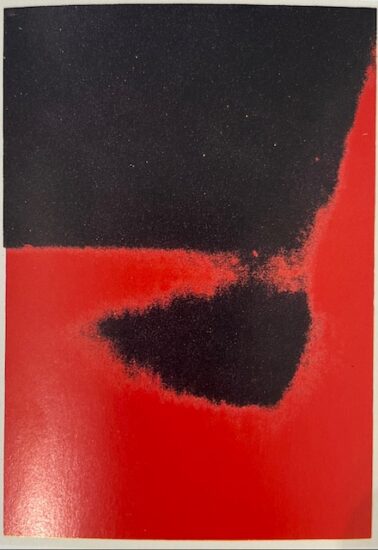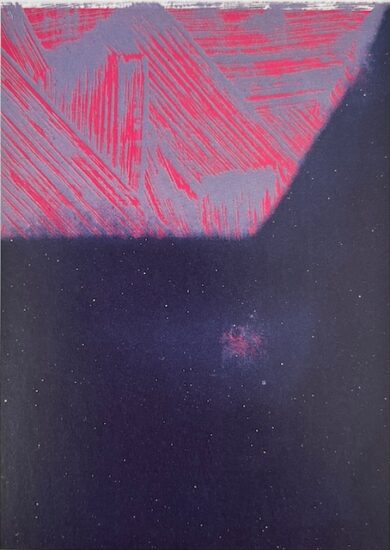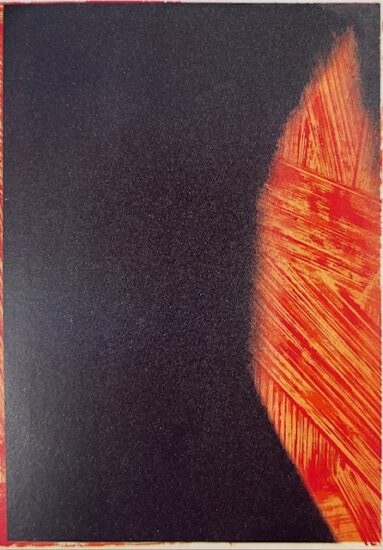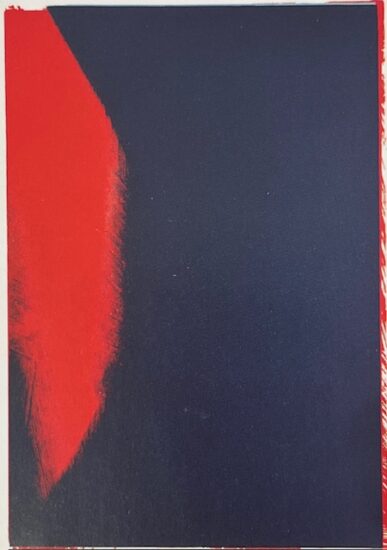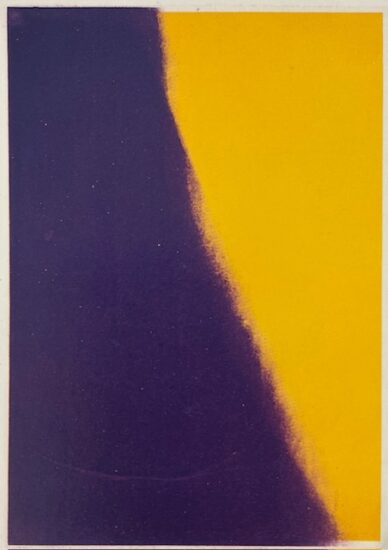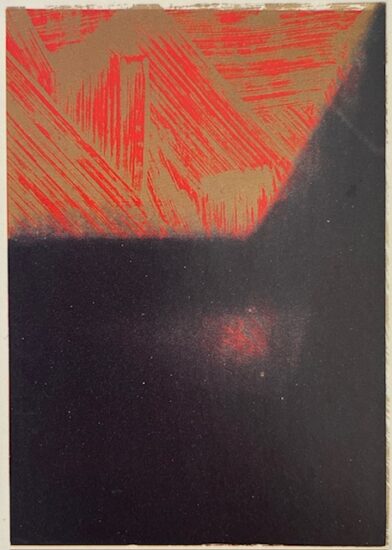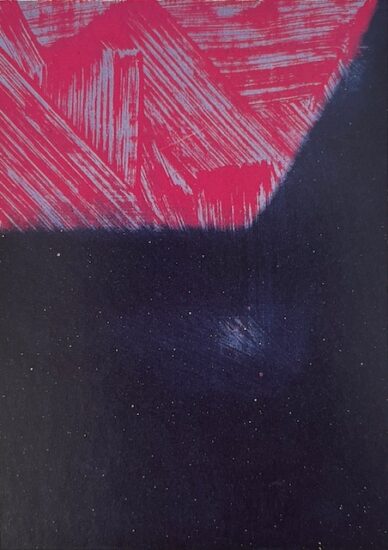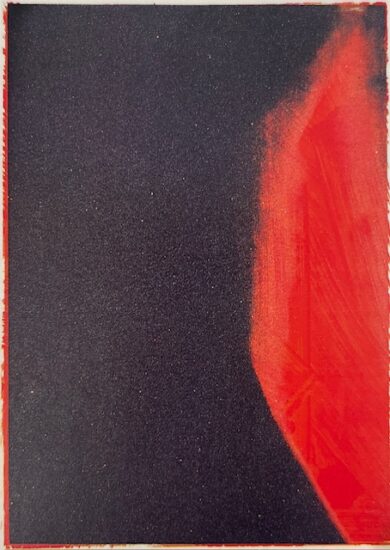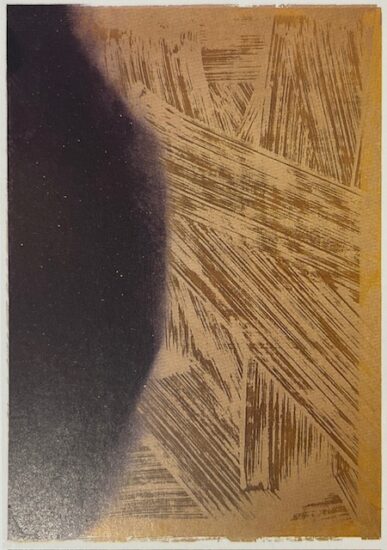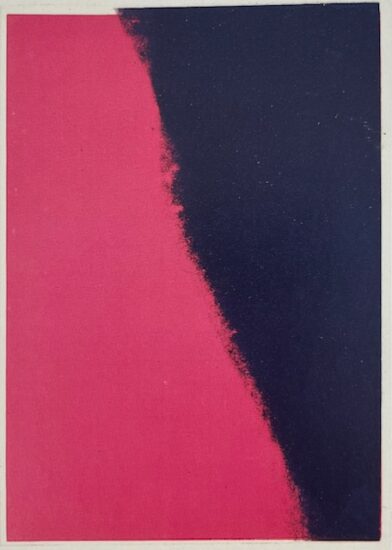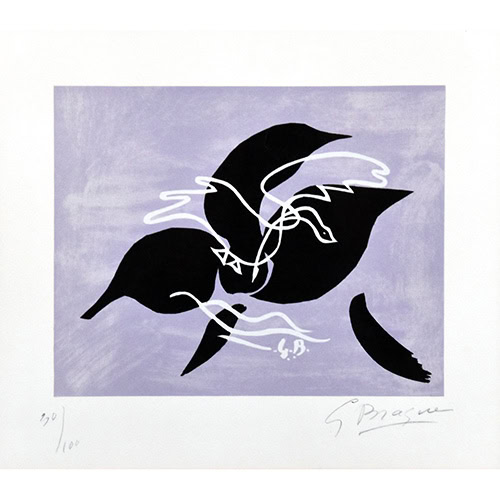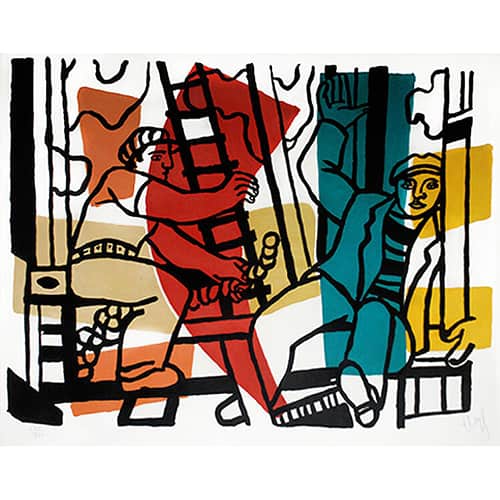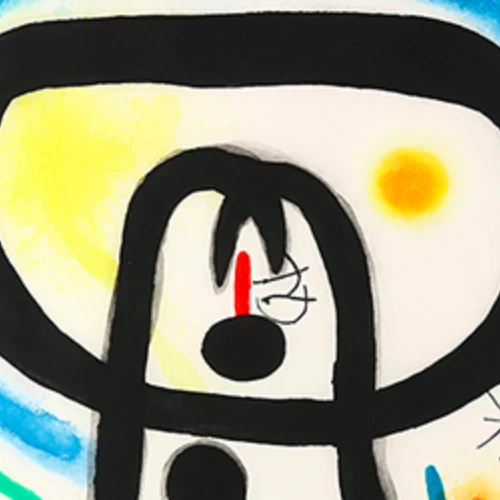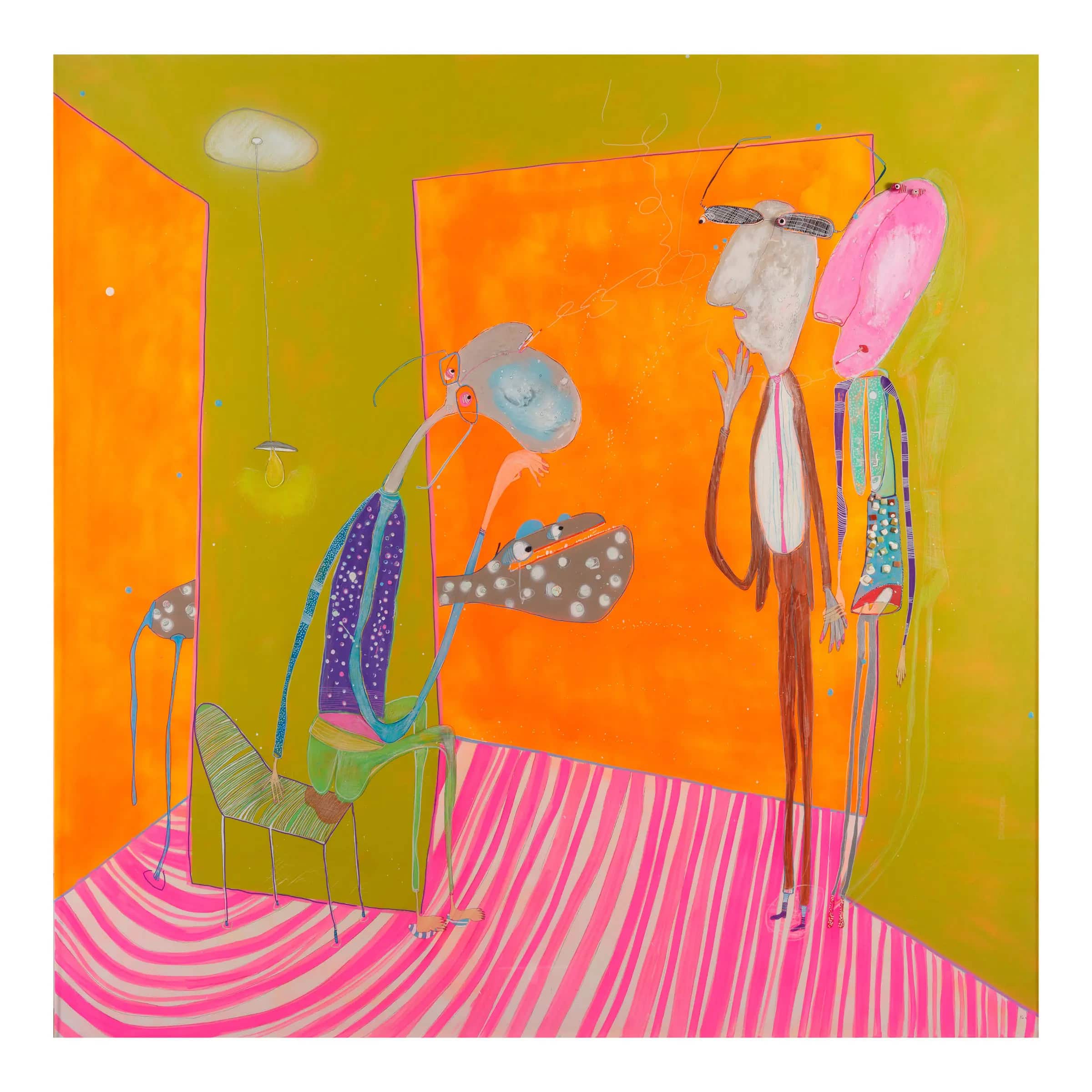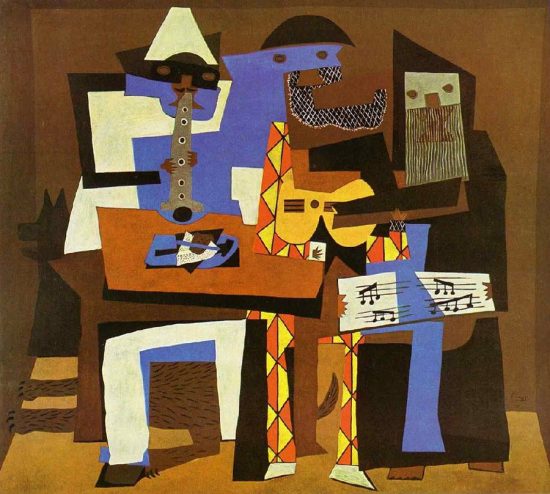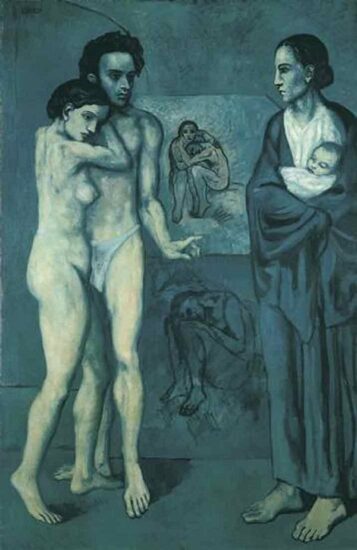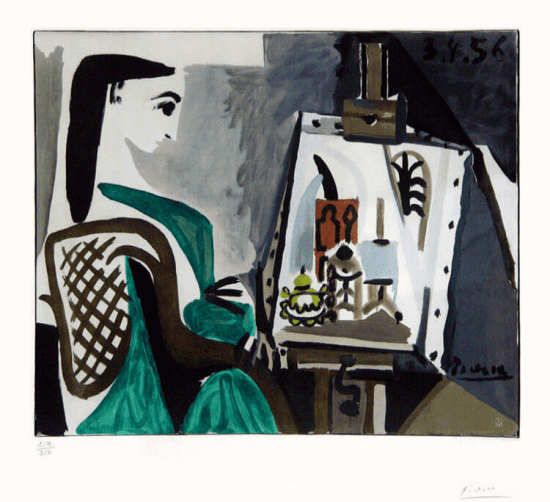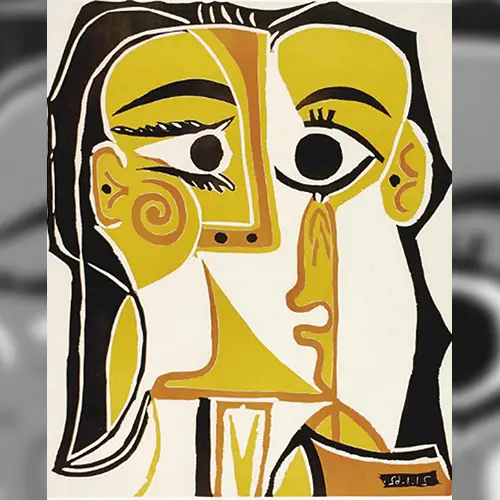Pablo Picasso’s Rose Period (1904-1906) coincides with a period of increased personal joy and romance for Picasso. In 1904, Picasso met Fernande Olivier, a French artist and model who became his muse and mistress. Olivier is credited for partially inspiring Picasso’s artistic transition from the cold, somber tone of the Blue Period to the increased warmth and lightness of the Rose Period.
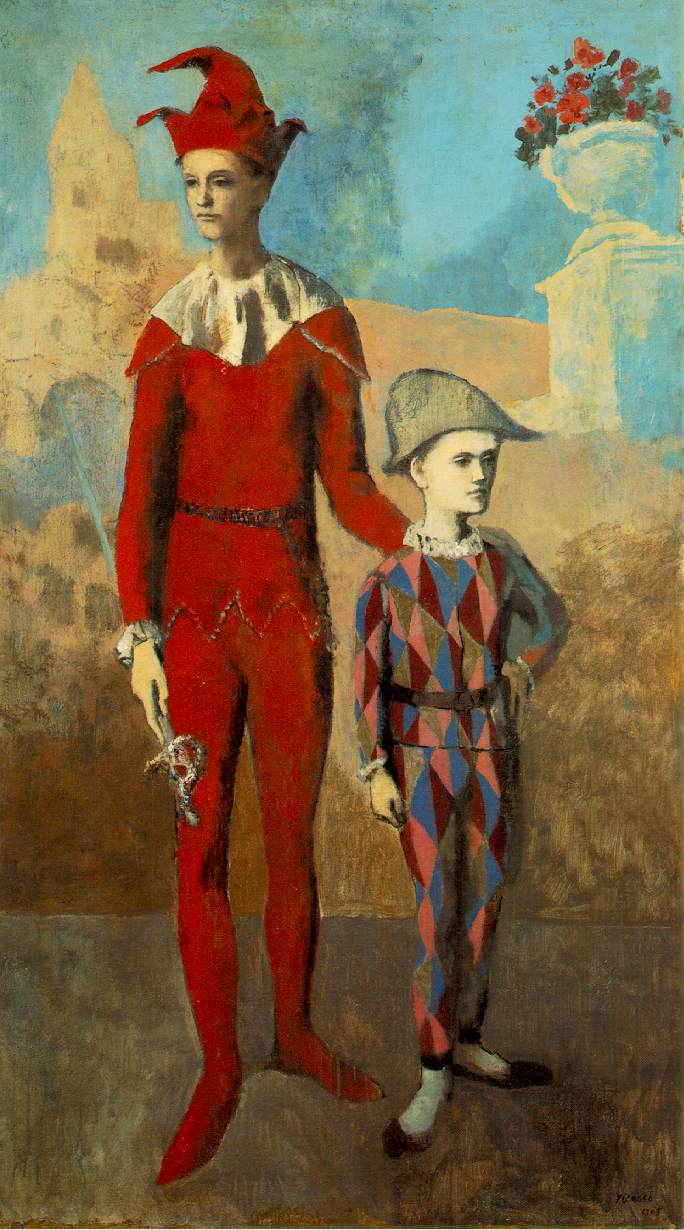
By 1904, Picasso had traded the blue palette and bleak subject matter of his Blue Period for a predominantly red, pink, and orange palette. This period accordingly became known as the Rose Period (1904-1906). With his Rose Period, Picasso favored a lighter, warmer color palette, subtle use of line, idealized forms, and more spirited subjects, such as circus performers. Picasso became fascinated with the fairground and circus performers and began to convey these saltimbanques and harlequins within his works. Picasso observed the saltimbanques firsthand at the Cirque Medrano and in the streets and the outskirts of Paris, where a migrant community of acrobats, musicians, and clowns often entertained passing spectators.
Within the paintings, gouaches, drawings, and prints that he created during the Rose Period, Picasso tends to depict his circus performers at rest, often in isolation or accompanied by fellow performers. Despite the warm color palette, the viewer senses a hint of listlessness and longing within the figures’ blank stares. In keeping with their relatively impoverished circumstances and the saltimbanque’s traditional role as the symbol of the neglected artist, a pervasive languor permeates Picasso’s Rose Period images.
,_gouache_on_canvas,_90_x_71_cm_Staatsgalerie,_Stuttgart.jpg)
Throughout the Rose Period, Picasso produced many works addressing themes of discontent, isolation and dignified alienation. Family of Saltimbanques, one of Picasso’s most famous Rose Period works, depicts a vagabond troupe of circus performers in a desolate landscape. This work conveys a sense of collective alienation and sorrow; the figures huddle together yet fail to interact. At the time, circus performers and artists were often considered kindred souls – both were viewed as independent, courageous individuals idolized by the counter-culture crowd but deplored by the mainstream population. With works such as Family of Saltimbanques, Picasso hoped to elevate these outcasts by featuring them as the subjects of his beautiful yet haunting Rose Period Master works despite complaints.
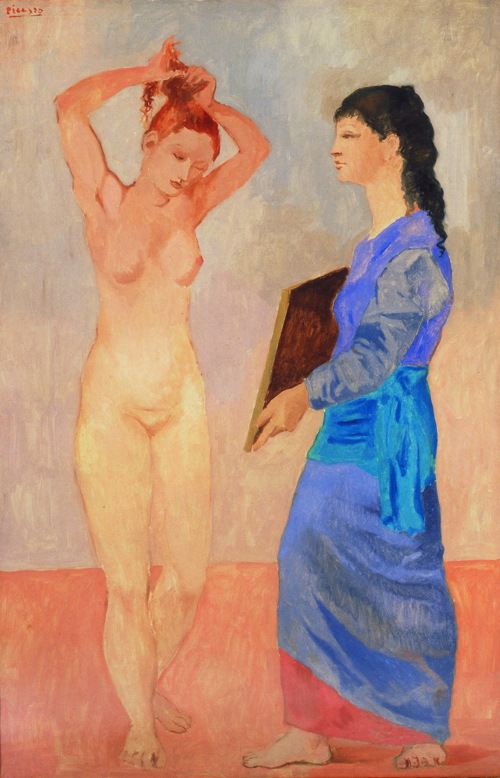
While Picasso worked predominantly as a painter during the Rose Period, he also created resplendent prints in the style of the Rose Period. These marvelous prints are often created after the image of renowned Picasso paintings, such as Les Saltimbanques (The Acrobats) and Madame Ricardo Canals. The Rose Period highlights Picasso’s shift from figurative work towards a more expressive and abstract use of color and line and represents the beginning of artistic prosperity and renown for Picasso. As a result, these exquisite prints, created in the style of the Rose Period, are amongst Picasso’s most alluring and collectible prints in today’s market.
REFERENCES:
- Fox, A. (2011). Picasso: The women behind the artist. Retrieved from: http://deyoung.famsf.org/
- National Gallery of Art. (2014). Picasso: The early years, 1892-1906. Retrieved from:
- https://www.nga.gov/exhibitions/1997/picasso_early.html
For the authentication of Picasso oil paintings and works on canvas, the recognized authority is the Picasso Administration, representing the artist’s heirs and family. All formal expertise and certificates of authenticity are issued exclusively through this body. For submission guidelines, documentation requirements, and further information, you may contact them directly at their official site: https://www.picasso-authentification.fr/.

